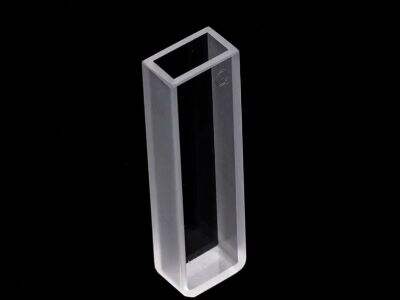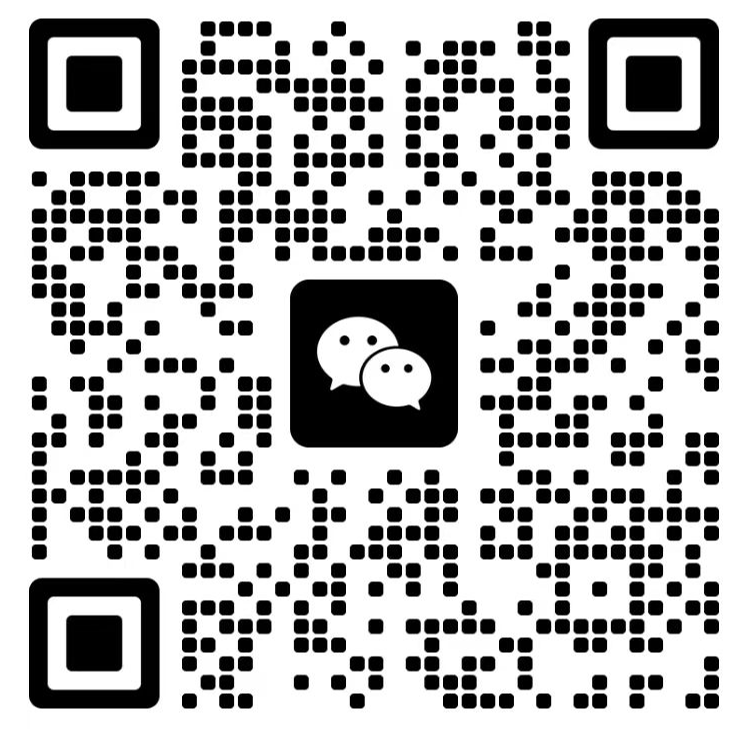Do science experiments with matched cuvettes. Kinetic assays are tools to explore how things change, over time. The use of paired cuvettes in assays of this type can be advantageous in a number of respects.
higher precision and reliable results
Paired cuvettes are designed to be the same size and shape. This helps ensure that light passes through each cuvette equally. By having light go the same way, the measurements will be more precise. That means the results will be more trustworthy and researchers can be confident in the data they collect.
Prepares Samples in Less Time
Scientists working with matched cuvettes don’t have to waste time searching for cuvettes that work well together. They can just grab two already matched cuvettes. That saves time in getting the samples ready and in conducting the tests. In saving more time, scientists can do more experiments and learn more.
Smaller Distinction Within Samples
Matched cuvettes ensure the samples are processed equally during the analysis. When you treat the samples the same, the results will be more like each other. This way knn-models require fewer differences and the data becomes more reliable. Scientists can be surer of how well they can trust the results they get, through the use of matched cuvettes.
"Enhanced Conditions for Precision Tests"
Paired Cuvettes are made to complement each other. This is because the conditions for conducting the tests are already in place for success. Scientists can take more accurate measurements when conditions are right. Accurate measurements allow scientists to draw better conclusions about the way things change over time.
Inexpensive by Many Experiments
Experimenting with matched quartz cuvette can be an economical way to do a lot of work. Since the cuvettes are matched, scientists don’t have to purchase additional ones just to find two that work well together. This is a more frugal option in the long run. An affordable option means scientists can run many tests without busting their budget.
 EN
EN
 AR
AR
 BG
BG
 HR
HR
 CS
CS
 DA
DA
 NL
NL
 FI
FI
 FR
FR
 DE
DE
 EL
EL
 HI
HI
 IT
IT
 JA
JA
 KO
KO
 NO
NO
 PL
PL
 PT
PT
 RO
RO
 RU
RU
 ES
ES
 SV
SV
 TL
TL
 ID
ID
 LV
LV
 SR
SR
 SK
SK
 UK
UK
 VI
VI
 HU
HU
 MT
MT
 TH
TH
 TR
TR
 FA
FA
 AF
AF
 MS
MS
 GA
GA
 IS
IS
 LA
LA
 KK
KK







